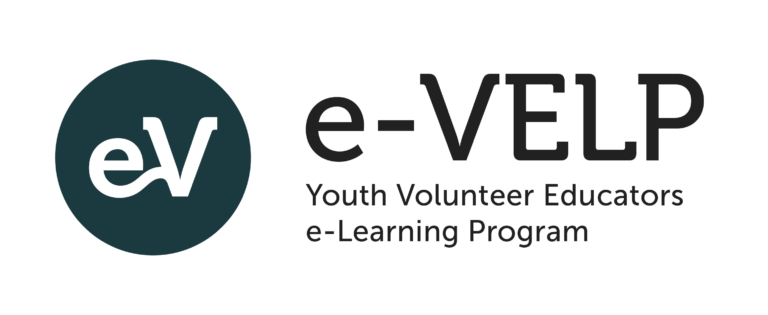Unit D.2.2 Improve your public speaking skills
To improve your public speaking skills
To improve your public speaking skills
To improve your public speaking skills
How would you rate your confidence level as a presenter?
– Very unconfident
– Quite unconfident
– Quite confident
– Very confident
For this exercise think about what makes someone’s presenting style effective, but also what could irritating or distracting for an audience member.
Take in consideration the following points:
-Volume
-Pitch
-Intonation and pace
-Physical movements
-Interaction with the audience
Write your answers in your personal notebook ![]() .
.
Tips for pitching
–Volume. It’s the key. Your audience should not struggle to hear you or feel like they are being shouted at. Practicing your volume will help you achieve a balance. It’s about getting to know your audience. It’s always a strong asset to to find out as much about your audience in advance as you can.
–Intonation. It’s about your the energy and the character in your voice. You shouldn’t exaggerate your intonation or add emphasis where it’s not needed. Experimenting and practicing your presentation style will help you achieve a good idea of your intonation.
–Pace. It’s something you can actively keep an eye on as you present. You might lose the attention of your audience if you speak too slowly and if you are in a rush the audience will not keep up with you. If you feel you lost them because you are too quick, pause and try to slow things down.
–Pauses. Taking a moment to let the audience digest something is a VERY effective technique, especially if you are asking them to think about something. Although you have seen all of your images, graphs and videos 1000 times before, your audience will be seeing everything for the first time. Verbal pauses of ‘erm’, ‘um’ are very common, do not try to get rid of them all because occasional stumbles are what will make your speech sound human, natural. Be aware of them so you don’t use them all the time.
–Physical movements. there is no right way to move around; you need to practice and see what feels right for you. There are some things that can distract the audience, such as pen clicking and twiddling, fidgeting, facing your slides.
–Interaction with the audience. This is always a good thing, but be prepared for what response you might get back (questions, different opinions, ideas that are not relevant to the subject).
–Asking questions. This is not only a great way to find out what your audience already knows, so you will not get them bored, but also to get them involved. You shouldn’t ask too many questions if your audience is not used to active participation. Use questions when you need to emphasise a particular point.
–Being asked questions. It is highly likely that someone will have questions mid-way through your presentation. You can choose to answer them as you go along or at the end according to your preference. For beginners, interruptions can actually throw your thoughts off-track so we recommend to keep things as planned and to answer at the end.
1. Record yourself presenting something very brief. The words are not important – we are focusing on the presentation.
You need to:
– Choose your audience – (primary school children, your team, or your board of directors).
– Read the text below (The purple cow by Gelett Burgess):
“I never saw a Purple Cow,
I never hope to see one,
But I can tell you, anyhow,
I’d rather see than be one!”
-When you feel that you are ready, record yourself delivering the text as if it is a presentation.
2.Watch your video clip:
– Can you hear yourself clearly?
– Was your tone right for your audience?
– Was your pace measured or did you race through to try and get it over with?
– Think about your movements, gestures and facial expressions and ask yourself whether you looked relaxed and natural.
– Think about where your eyes were gravitating towards: if you were in the audience would you feel like the presenter was engaging with you?
We want to give you 6 tips to deliver an outstanding presentation. click on the flip card bellow to read about them:

– Purpose: What is the purpose of your presentation? (For instance, to educate, to entertain.)
– Structure: Using a narrative is incredibly helpful here as it not only adds some interest but it also helps you as the presenter to follow your train of thought.
– Target audience: Should the presentation be formal or informal? Think about the context.
– Duration: Take in consideration for how long you have to speak and stick to it.
– Method: Digital or in person? The approach is similar, but it’s good to be prepared.
– Supporting materials: Slides, handouts and props can be useful to help you frame your thoughts initially but try not to use them as a crutch and don’t read them during your presentation.
Watch the video How to give a perfect pitch:
[embedyt] https://www.youtube.com/watch?v=Njh3rKoGKBo[/embedyt]
What aspects do you think you need to incorporate into your style to improve? Write your answers in your personal notebook![]() .
.



